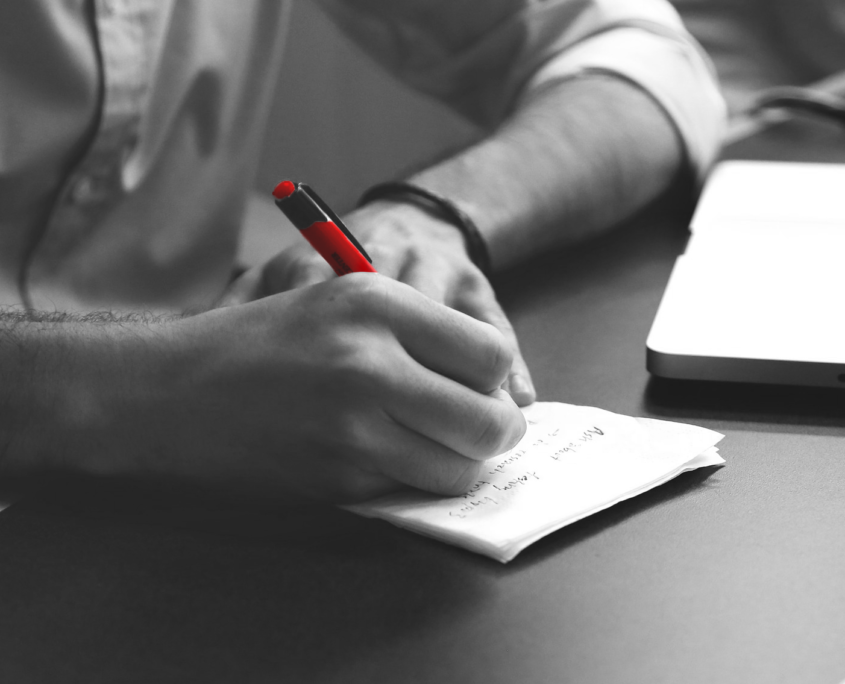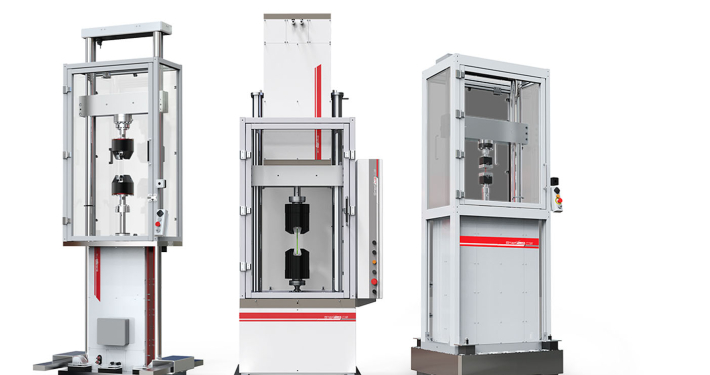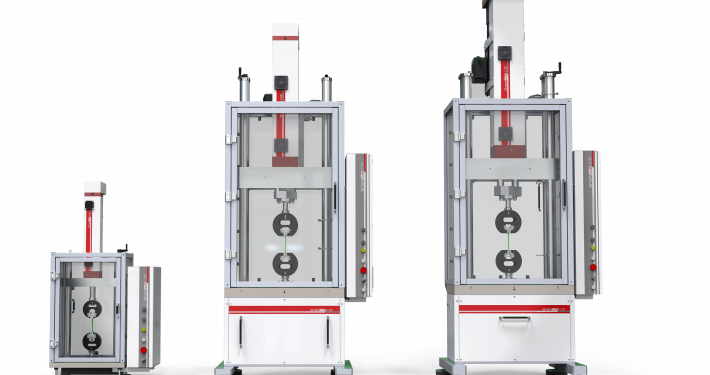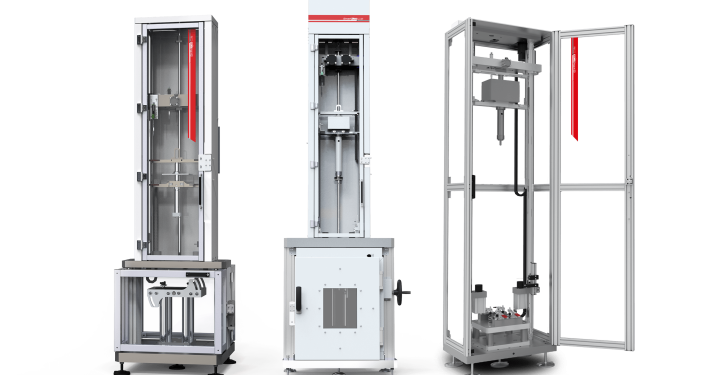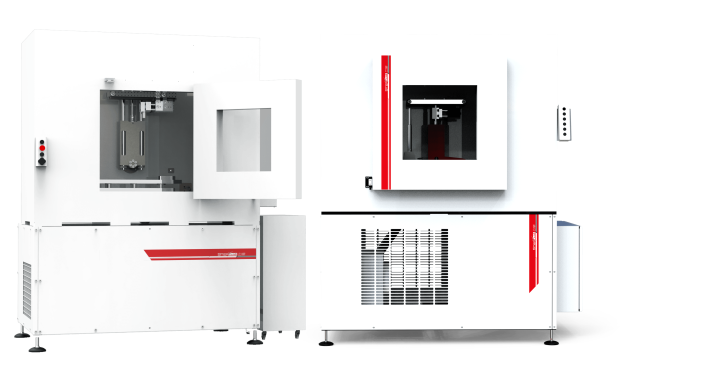ELECTROMECHANICAL TEST SYSTEMS
FOR DYNAMIC AND FATIGUE TESTS
At STEP Lab, we produce test systems based on high-performance electromechanical actuators. Our technology offers extraordinary flexibility, making these actuators ideal for both static and dynamic testing, with a particular flair for fatigue testing applications.
Features
Max. dynamic force: 200 kN
Max. static force: 268 kN
Max. speed: 1.25 m/s
Type of test
Fatigue
Tensile
Compression
Applications
Materials
Components



